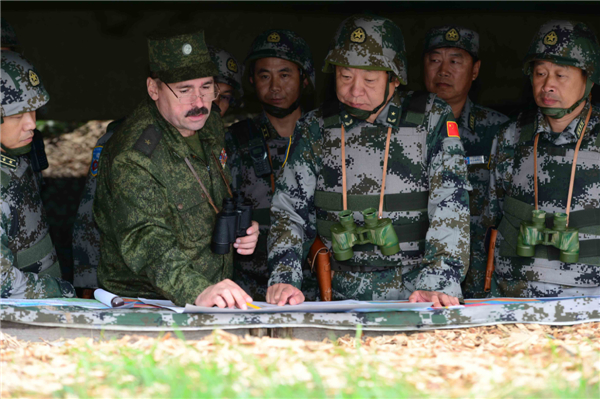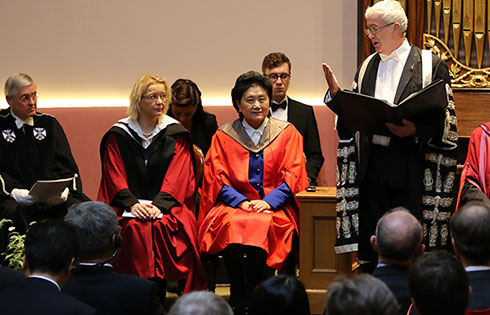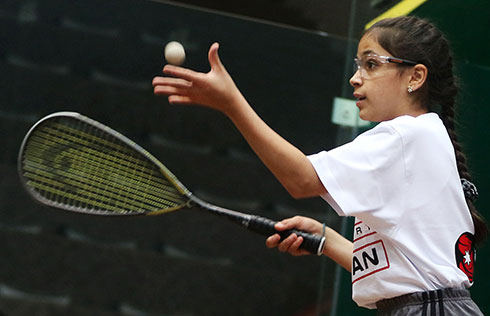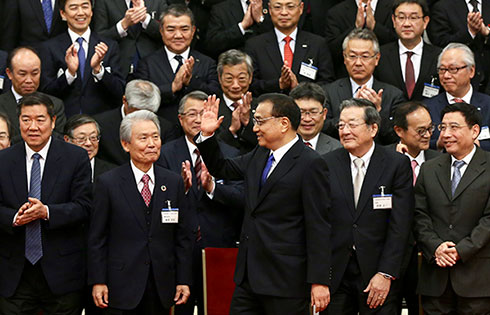Sino-Russian exercise to simulate combat
After more than two weeks' preparation, Peace Mission 2013, a joint counterterrorism drill staged by China and Russia, will enter the simulated combat phase on Thursday.
The exercise, at Chelyabinsk in Russia's Ural Mountains, will involve about 1,500 troops.
Mixed units from both countries' air forces, artillery divisions, armored tanks and special forces will fight "terrorists" during the combat stage, which ends the drill that started on July 27.
 |
|
Chinese and Russian military officers command their forces during joint live-fire exercises on Wednesday in the Chebarkul military range at Chelyabinsk, Russia, as they prepare for simulated combat in a bilateral counterterrorism drill. Tan Changjun / Xinhua |
This drill and a bilateral naval drill in July were "important decisions made by the two countries based on new changes to the international security situation, and will definitely have a strategic influence", Lieutenant General Wang Guanzhong, deputy chief of the general staff of the People's Liberation Army, said on Wednesday.
A series of Peace Mission counterterrorism drills since 2005 have shown both countries' determination to deepen mutual trust, address new threats, and safeguard their interests and regional peace, Wang said during a visit to a camp where some of the Chinese forces are stationed.
This year's Peace Mission drill is the sixth of its kind and the ninth in which the two countries have taken part in bilateral or multilateral exercises since 2003.
It also came less than a month after they held their largest naval drill, Joint Sea 2013, in the Sea of Japan near Russia's Far East port city of Vladivostok.
Lieutenant General Shi Xiangyuan, who leads the Chinese troops, said they have managed to overcome the challenges of long-distance deployment by air and rail under complex weather conditions and different transport systems.
A total of 646 soldiers from the Shenyang military area command of the PLA arrived at the drill areas on Aug 2.
It took some of them five days to travel about 5,040 km to the areas by rail, according to Shi, who is also deputy commander of the military area command.
It was the first time the military area command in northeastern China near the Russian border has taken part in drills abroad.
The troops are equipped with various models of armed vehicles, self-propelled guns, and aircraft, including Mi-171 transport helicopters, Z-9 armed helicopters and JH-7A fighter-bombers.
Chinese helicopters, accompanied by Russian Mi-8 military helicopters, provided logistical support for the drill, having to stop eight times before reaching the designated Chebarkul military range, Russian media said.
Shi said, "As both sides are making such drills a regular occurrence, we also keep improving the rules and regulations for these drills, and learning from each other."
About 600 soldiers from the United Strategic Command of the Russian Central Military District have taken part in the drill. The country's air force fielded its Su-24MR front-line bombers, Mi-8 and Mi-24 helicopters for the drill.
Chen Xuehui, a military expert in Beijing, said China and Russia's joint drills being conducted within a short period shows the increasingly closer relations between them.
Chen said bilateral collaboration on counterterrorism has become relatively sophisticated, while the two countries, along with the other four members of the Shanghai Cooperation Organization - Kazakhstan, Kyrgyzstan, Tajikistan and Uzbekistan - will continue to strengthen efforts to tackle cross-border threat.
zhaoshengnan@chinadaily.com.cn





















